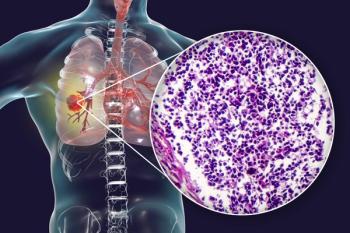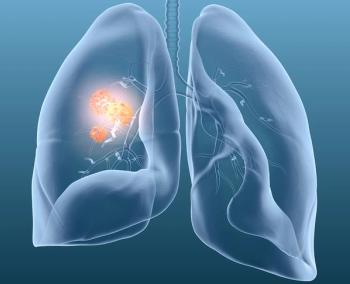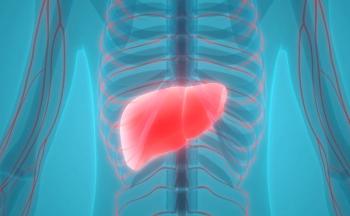
- ONCOLOGY Vol 15 No 2
- Volume 15
- Issue 2
Commentary on Abstracts #2183 and #2184
Despite impressive response rates, none of the current array of monoclonal antibodies has produced cures. The median duration of response following rituximab is about 1 year, and all patients eventually relapse and require additional treatment
Despite impressive response rates, none of the current array of monoclonal antibodies has produced cures. The median duration of response following rituximab is about 1 year, and all patients eventually relapse and require additional treatment to control their lymphoma (McLaughlin et al: J Clin Oncol 16:2825-2833, 1998). The optimal next step is still being evaluated. One possible approach is re-treatment with the same antibody. Davis and coworkers (J Clin Oncol 18:3135-3143, 2000) presented the results of 57 patients who had relapsed after prior chemotherapy, responded to but subsequently relapsed after rituximab therapy, and were re-treated with the same dose of that antibody. Overall, 40% of these patients responded with a CR rate of 11% . The reason why 60% of previous responders failed a second course is unknown. Moreover, the duration of the second response and time to progression appeared longer than the initial response to antibody. The latter observation may support a randomized trial of a second course of rituximab while the patient is still in remission.
Both ibritumomab tiuxetan and tositumomab/iodine-131 tositumomab appear to be highly effective in patients who have failed rituximab therapy. At the ASH 2000 meeting, Witzig et al (abstract #2183) reported a study of 54 patients refractory to rituximab, defined as not responding to the drug or relapsing within 6 months of its administration, presumably as their last treatment for relapsed or refractory follicular/low-grade NHL. The overall response rate was 54% with 15% CRs. The median duration of response of 7.7+ months compared favorably with the 6.5 months following the prior chemotherapy response. The median time to progression had not been reached at the time of publication. Toxicities included a median ANC nadir of 700/µL and platelets of 50,000/µL. The reason why some patients respond again to an antibody or radioimmunoconjugate (RIC) whereas others do not is not known, but may reflect differences in the density of antigen expression, variability in pharmacokinetics, or differences in the patients’ immune systems.
Also at ASH 2000, Horning et al (abstract #2184) presented the results of a study of 21 evaluable patients, most with a follicular grade I or II NHL. The overall response rate was 57%, with 14% complete remissions lasting a median of 16 months. The median time to progression for all patients and for responding patients was 6 and 19 months, respectively. The median neutrophil nadir was 1,200/µL, and that of platelets was 90,000/µL. However, the authors did not distinguish response rates in patients who relapsed after rituximab from those who did not respond to antibody therapy at all. Therefore, it is not clear from that abstract how much of the activity is related to the new antibody, tositumomab, to the radioisotope, or whether similar responses could have been achieved by re-treating with rituximab.
In summary, the overall response rates of 54% with ibritumomab tiuxetan and 57% with tositumomab/iodine-131 tositumomab are quite comparable. A more formal presentation of additional data will be required before we can adequately compare their relative toxicities and their impact on progression-free and overall survival in this setting.
While physicians and patients are fortunate that such a wealth of active monoclonal antibodies and RICs are available for study, we are merely at the beginning of a new area in our therapies. The current antibodies and RICs, while highly active, are not curative. Their future promise is not as single agents, and simple comparisons of two single antibodies will not move the field forward. Instead, these agents should serve as a foundation on which to build new strategies incorporating other antibodies or biologicals, and chemotherapy agents based on a better understanding of how antibodies act, how cells become resistant to their effects, and how we can best integrate them with chemotherapy and other biological agents. Physicians should be encouraged to accrue their patients to clinical trials addressing these and other important questions so that we can increase the likelihood of cure for these patients.
Articles in this issue
almost 25 years ago
Study Details Use of Amifostine in Radiation Settingalmost 25 years ago
Declines in Lung Cancer Rates-California, 1988-1997almost 25 years ago
Medicare Approves PET for Additional Cancersalmost 25 years ago
Study Contributes to Evolution of Sentinel Lymph Node Biopsy for Melanomaalmost 25 years ago
Medicare Bill Expands Cancer ScreeningNewsletter
Stay up to date on recent advances in the multidisciplinary approach to cancer.




















































































